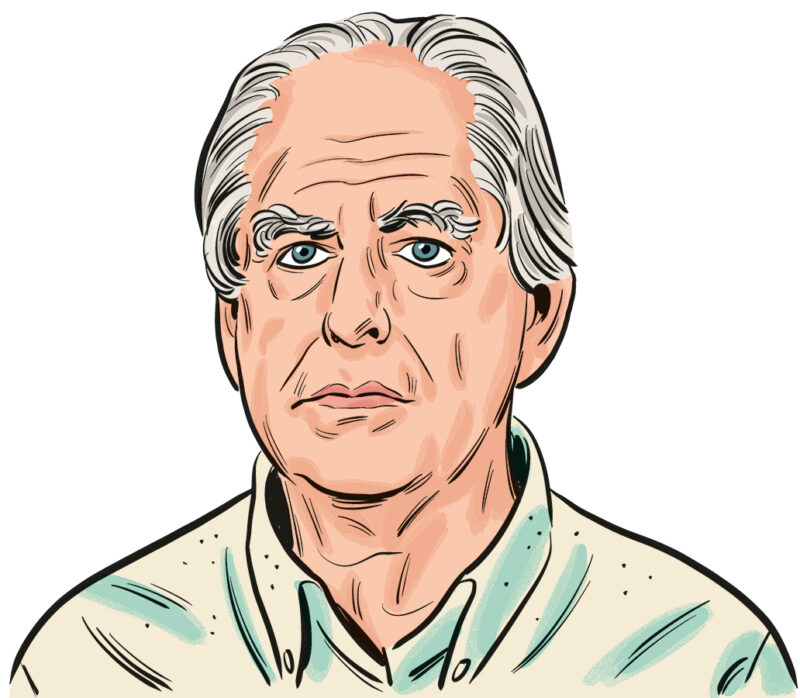William Kentridge’s first New York solo show, Drawings for Projection (1998), radically changed my way of thinking about drawing, film, history, and time. His analog hand-drawn animations mesmerize and haunt. Kentridge’s storytelling process is generative, generous, and expansive. Although my first encounter with Kentridge’s work was through his drawings and films, over the course of his career he has worked across multiple mediums, including printmaking, sculpture, theater, opera, and installation. Regardless of the medium, his work is capacious and collaborative. It can be at once seriously dark and seriously humorous. It often circles historic traumas, particularly the harsh South African political landscape, but his subject is really humanity writ large.
On November 15, 2022, I interviewed Kentridge at The Broad, a museum in downtown Los Angeles, where his show In Praise of Shadows had just opened. The career-spanning exhibition features drawings, sculptures, prints, tapestries, films, and film installations.
You have reached your article limit
Sign up for a digital subscription and continue reading all new issues, plus our entire archives, for just $1.50/month.
Already a subscriber? Sign in





